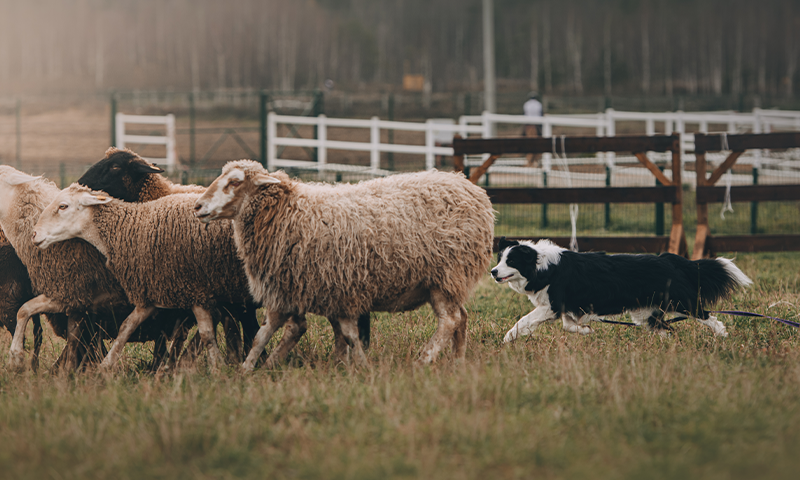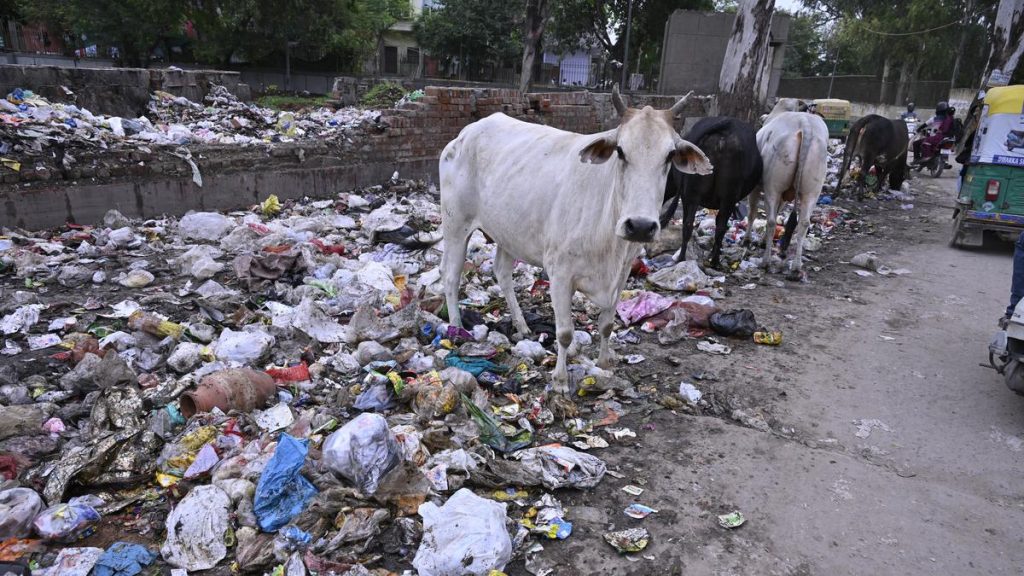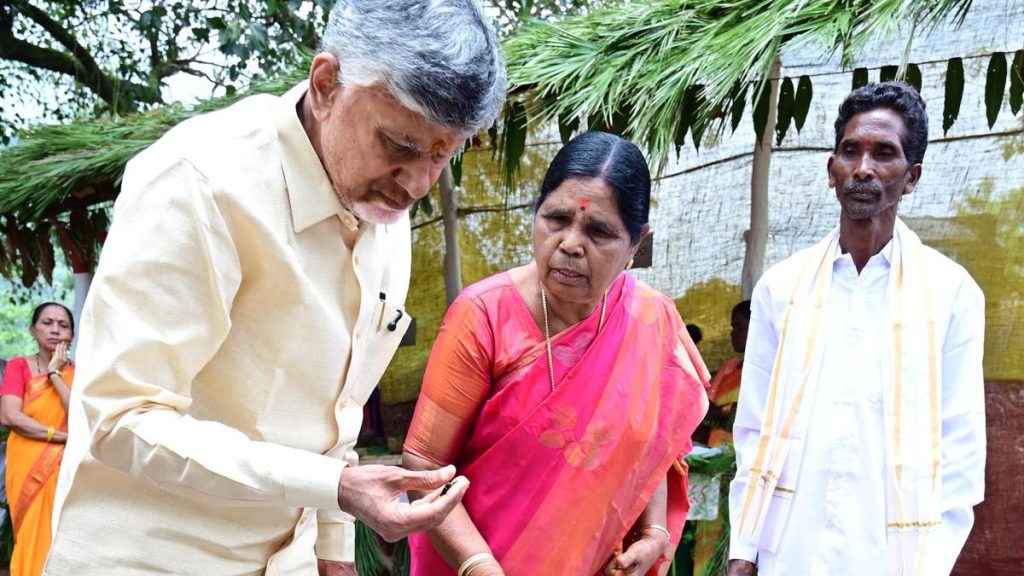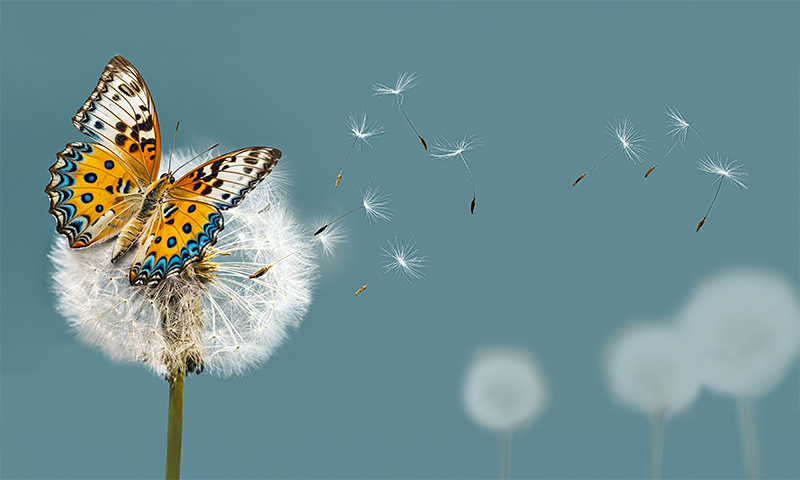Now Reading: Decoding the Art of Herding
-
01
Decoding the Art of Herding
Decoding the Art of Herding

Speedy Summary:
- Research Collaboration: Georgia Institute of Technology biophysicists Saad Bhamla and Tuhin Chakrabortty studied sheepdogs at farmer Doyle Ivie’s northern Georgia farm to understand their herding techniques during sheepdog trials.
- Focus on Small Collectives: The physicists observed how sheepdogs manage erratic, smaller flocks, where individual sheep decisions fluctuate between following the group or moving independently.
- Observations on Behaviour: Sheepdogs employ a two-step process-gentle nudging from a distance to align sheep direction followed by approaching closer to prompt movement into desired locations. They utilize randomness in sheep behavior rather than suppressing it.
- Mathematical model: The researchers developed a mathematical model simulating five virtual sheep influenced either by social dynamics or external forces (e.g.,the dog). Dogs in the model replicated real-life herding tactics.
- Algorithm Development: Based on findings,an algorithm was created for predicting behavior in small indecisive collectives. Applications could range from drone swarms to rescue operations involving robots.
- Expert Feedback & Limitations:
– Experts Ted Pavlic and Raissa D’Souza acknowledged potential applications but highlighted limitations such as unrealistic modeling of collision avoidance and memory traits in simulated sheep.
– Scope is confined to specific noisy systems with random state switching behaviors.
Photo credit: Alexandra Morrison Photo / Shutterstock
Indian Opinion analysis:
this study highlights an intriguing intersection between natural animal behavior and advanced physics modeling-a concept that could have meaningful implications for India’s growing technological ambitions. As India increasingly invests in autonomous systems like drones for disaster management or agriculture-fields requiring precise navigation amidst varied conditions-the learnings from randomized collective dynamics might offer fresh insights into optimizing strategies for these technologies.However, key limitations exist regarding real-world validity of current models due to oversimplification of factors like memory retention or physical interactions among individuals within groups. Bridging this gap through improved simulations could make findings more applicable across diverse use cases.
India, which balances deep-rooted livestock practices alongside burgeoning advancements in artificial intelligence-led robotics, may also find inspiration here in designing dual-purpose approaches for agricultural innovation while further exploring collective organism-based paradigms within computational sciences.
























